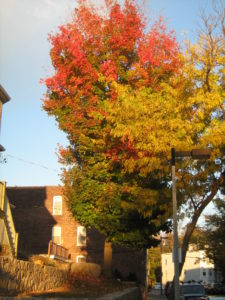Despite the pandemic, new species were discovered in a variety of ecosystems, from the forest floor, to its branches to high in its canopy, as well as at the bottom of the ocean. Here are some of our favorites.
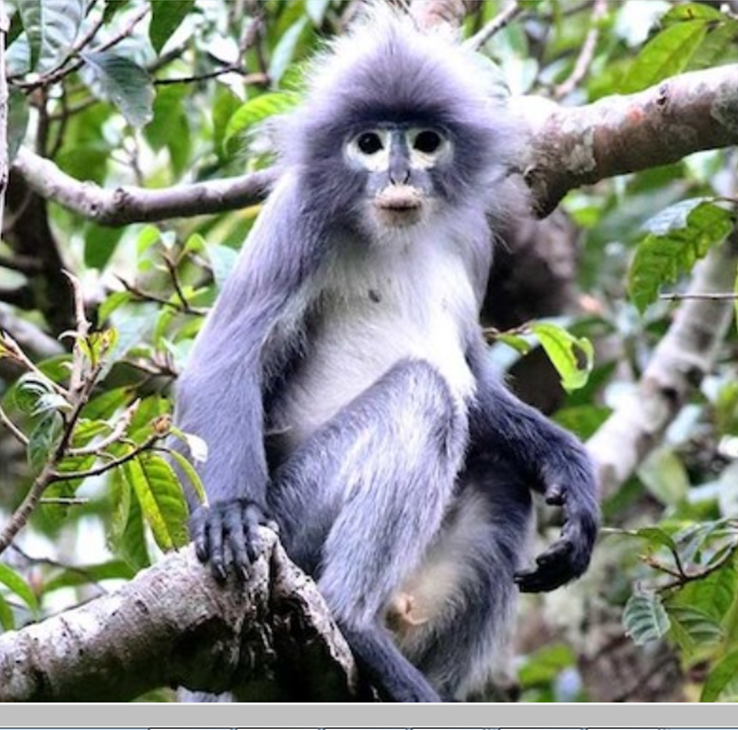
A beautiful new monkey, the Popa langur, was discovered in Myanmar. Named after the mountain on which it is found, it has white rings around black eyes and gray fur, and is already classed as critically endangered because only 200-260 individuals are known in the wild.

Another primate, Jonah’s mouse lemur, was discovered in Madagascar. Only as large as a human fist, the mouse lemur has characteristic large eyes and a pointed snout. More than 100 lemur species are now known and almost all are endangered because of increasing deforestation in Madagascar, the last place where they have survived.
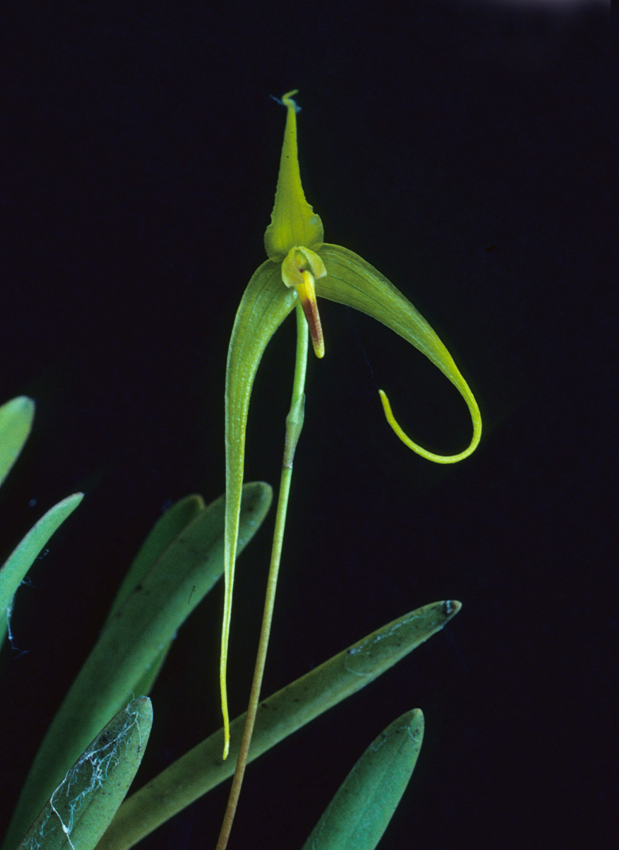
Nineteen new species of tree-dwelling orchids were discovered on the island of New Guinea, known to have the most plant species of any island, though many are yet to be discovered. Among the new species, three are known for their beautiful flowers.
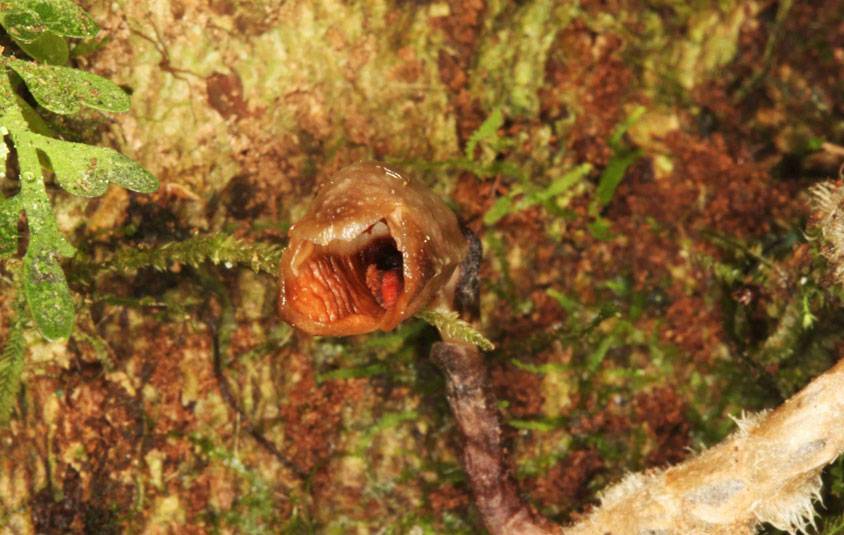
Not to be outdone, Madagascar revealed the “world’s ugliest orchid,” which produces small, brown, and, shall we say, hideous flowers.

Though one of Australia’s favorite marsupials, greater gliders, have long been known, last year the one species was discovered to be three. Scientists have suspected that morphological differences between gliders might indicate there are more than one species, and DNA evidence finally confirmed it. These possum-like mammals live high in the tree canopy, feed on eucalyptus leaves and glide from tree to tree, sometimes staying airborne for over three hundred feet.

One of the smallest amphibians in the world was discovered in the Bolivian Andes. Known as the Lilliputian frog, it is only ten millimeters long and hard to see because of its camouflage-brown color.
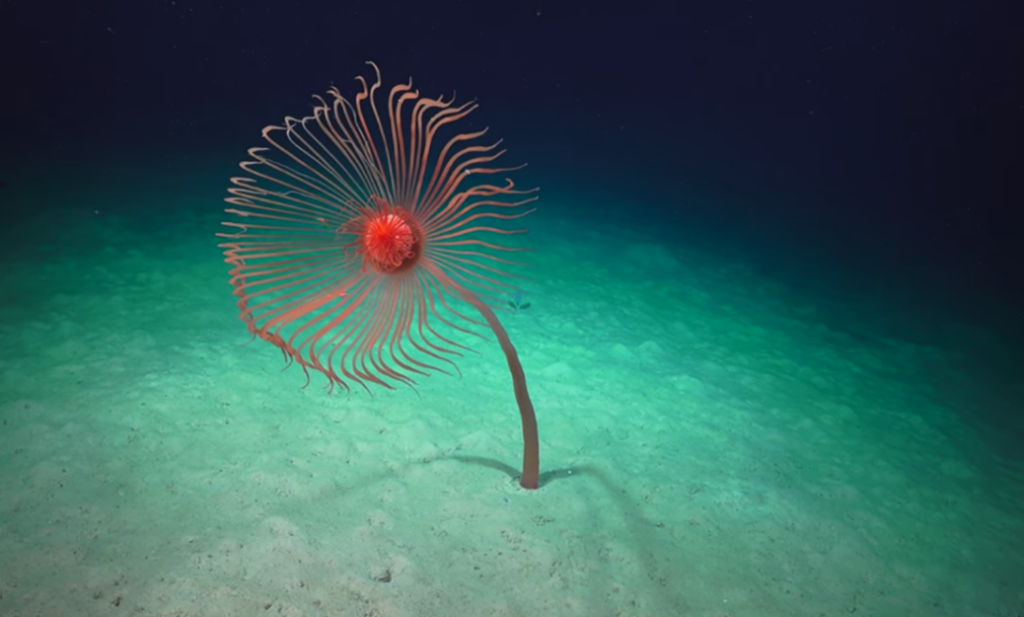
A giant hydroid – related to corals, anemones and sea fans – was seen for the first time on the bottom of the ocean, 2500 meters below the surface, in Australia. It has a single polyp that radiates like a sunflower or dandelion from a one meter long stem attached to the sandy bottom.
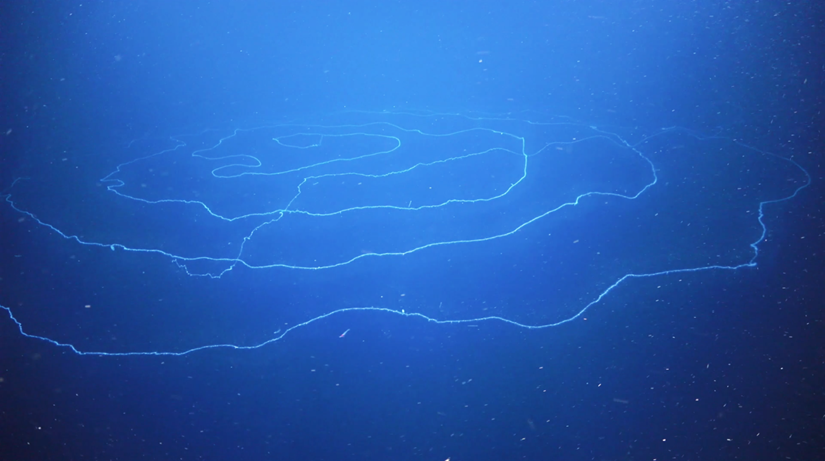
The same submersible that discovered the giant hydroid also discovered a giant siphonophore that is 150 feet long. Siphonophores are floating colonies of tiny creatures known as zooids that clone themselves and string together to work as a team. This one is now the longest animal known.
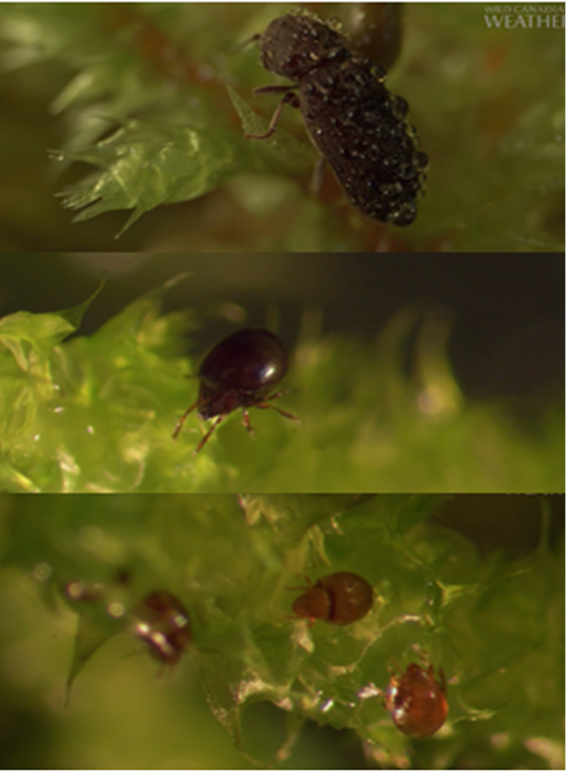
In recent years, Neville Winchester of the University of Victoria has discovered twenty new species of flies, mites and beetles hiding in moss mats high in the canopy of old growth trees on Vancouver Island. They are part of a unique ecosystem suspended more than 150 feet above the ground.
Yea biodiversity! Especially for a year when everything was shut down for so long. See below for sources and film clips (recommended!)
Sources:
Popa langur, Jonah’s mouse lemur, New Guinea orchids, Lilliputian frog: Mongabay
Ugly orchids: Royal Botanical Gardens Kew
Greater Gliders: Green Matters
Giant hydroid, Giant siphonophore: New Atlas (a film clip on the same page gives some stunning highlights of the submersible’s mission to the serene depths of the ocean, also found here).
Flies, mites and beetles: CBC (the three-minute film presents amazing views of this lofty old growth ecosystem)
